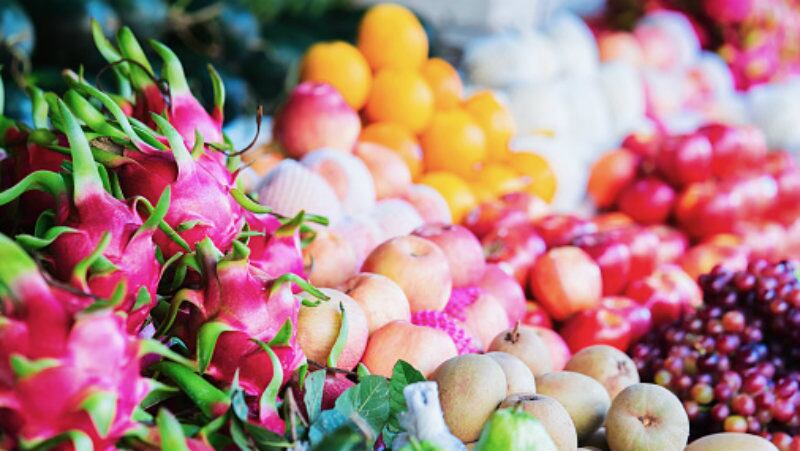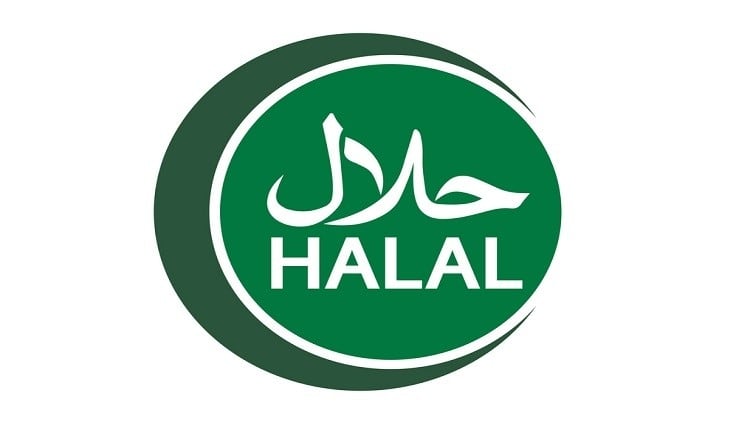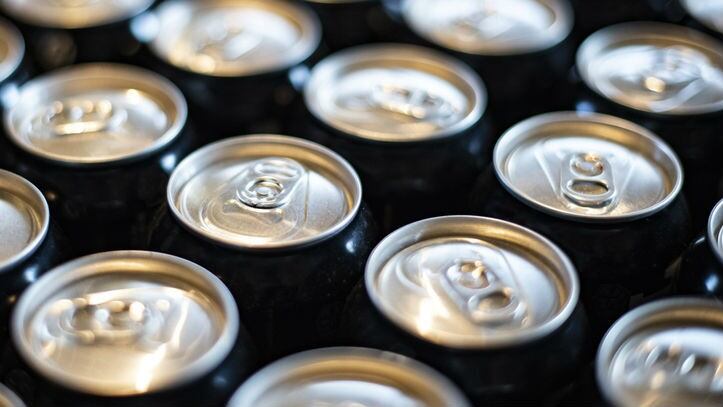According to data from Vietnam Customs, the export value of Vietnamese fruits and vegetables into China saw a 44.2% year-on-year drop to hit US$144.2mn in July 2019, whereas the total exports to China for the first half of 2019 were down 8.1% overall at US$1.6bn.
China is the country’s top fruit and vegetable export destination, taking some 70% of fresh exports, according to GlobeMarketNews.
This severe drop was attributed to US-China trade tensions affecting funding and commerce, as well as China’s tightening of regulations surrounding fruit imports, including requirements for phytosanitary certificates, further proof of origin and more.
Additionally, fruit imports into Vietnam from China are also seeing setbacks. One of the major reasons was this was said to be rising confusion surrounding the documentation required for produce to enter the country.
According to VnExpress, earlier this year containers filled with fruits were ‘stuck’ at the Chine-Vietnam border gates for days due to issues arising from the use of new certificates of origin (COs) that were recently issued by China as part of an update to the ASEAN‑China Free Trade Area (ACFTA) Agreement.
“The new CO won’t be effective until September 12, so Vietnamese customs officers cannot accept it now,” said Lang Son Customs Department Deputy Head Vy Cong Tuong.
"As the new CO includes tax incentives for businesses, we have advised importers to submit the existing taxes anyway and come back on September 12 with the new CO and receive a full refund of their taxes. However, some businesses say this is a burden for them."
Vietnam Customs data also showed that China was the overall largest exporter to Vietnam in the first half of the year at US$35.7bn, and the overall second main export market during the same period at US$16.6bn.
Other regulatory changes
The agency also stated that China will be changing its regulations with regard to labelling for both imports and exports of pre-packaged foods starting October 1 2019.
“[The] importer is responsible for ensuring that Chinese-language labels on pre-packed packages of food imported into China, [ensuring that these] conform to relevant Chinese laws and regulations and requirements for national food safety standards,” it said via a formal statement.
“If the verification does not meet the standard, it will not be imported.”
Additionally, random samples will be selected for testing before imports are approved, and the importers will need to provide ‘documents that prove the goods meet import conditions, original documents and translations of labelling, Chinese labelling samples and other documents for customs officials’.
So where to next?
Given these considerations, it would come as no surprise if Vietnam were to look to other ‘greener’ pastures in hopes of making up the decline in China.
A possible leading contender in this area could be Australia, which recently approved and published the conditions for importing fresh longan fruits from Vietnam, making longan the fourth fruit that has made it past Australia’s strict biosecurity import conditions.
The previously approved Vietnamese fruits were litchi, mango and dragon fruit. Previously, only longans from China and Thailand were allowed into Australia.
“We recommend that the import of longans from Vietnam be permitted provided they meet the biosecurity import conditions,” said the Australian Department of Agriculture via an official statement.
“A phytosanitary certificate (PC) is issued for each consignment upon completion of pre-export inspection to verify that the required risk management measures have been undertaken offshore and the consignment meets Australia’s import requirements.”
Requirements for each PC include a description of the consignment (including traceability information), details of disinfestation treatments and any other statements that may be required e.g. irradiation treatment information and declaration., as per the final report on the relevant biosecurity import requirements.
Vietnam was Australia’s seventh largest market for Australian agricultural exports in 2017/18,valued at some A$1.9bn (US$1.3bn). Overall total trade between the two countries in the same year stood at A$9.9bn (US$6.7bn).





